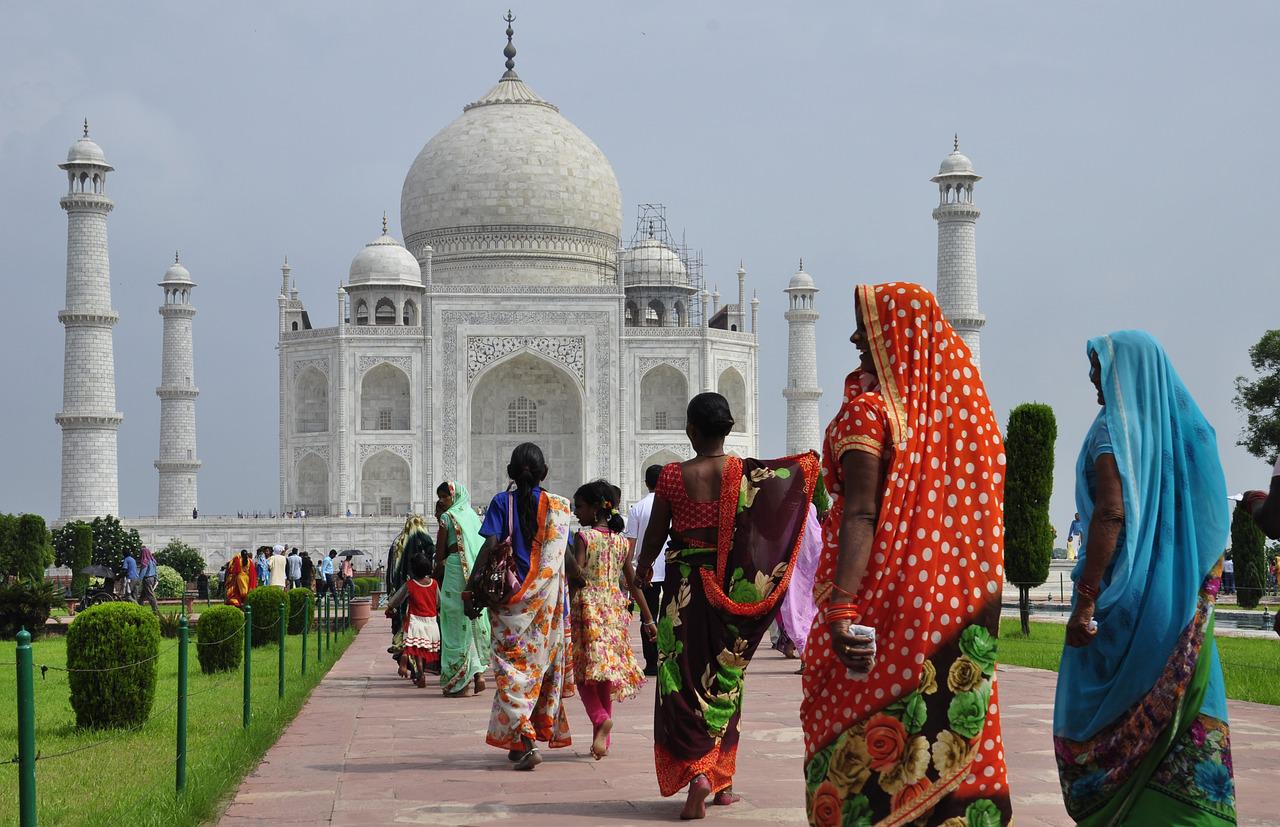
Pre-reading questions:
I will read each question. Then, please answer them.
- Do you think having lots of people in a particular place is a good thing? Why or why not?
- How many people are there in your family? Could you tell me about them?
Vocabulary:
I will read the words, meanings, and sample sentences. Then, repeat after me.
- estimate /ES-tuh-mit/
- growth /grohth/
- rapid /RAP-id/
- decline /dih-KLAHYN/
- policy /POL-uh-see/
[noun] – a judgment or calculation of approximately how large or how great something is
Can you make a rough estimate of how many people will attend the party?
[noun] – an increase in the size or the importance of something
The country is trying to limit population growth.
[adjective] – fast or sudden
This year is a period of rapid change.
[verb] – to gradually become less, worse, or lower
The number of car accidents is declining.
[noun] – a set of ideas or a plan of what to do in particular situations that has been agreed to officially by a group of people, a business organization, a government, or a political party
What is your country’s policy on immigration?
Article reading:
Please read the whole article. Then, I will check your pronunciation and intonation.
According to UN estimates, with 1.4 billion people, India will overtake China as the world’s most populous country next year. By November of this year, the world’s population will have surpassed 8 billion. Population growth, however, is not as rapid as it once was. It is now growing at its slowest rate since 1950 and is expected to peak in the 2080s at around 10.4 billion people, though some demographers believe it could happen sooner. Global population growth, on the other hand, is uneven.
At the same time, fertility rates in some of the world’s most developed economies are falling below the “replacement rate” of 2.1 children per woman. According to the report, the population of 61 countries will decline by at least 1% by 2050. China, which has one of the lowest fertility rates in the world (at 1.15 children per woman), has announced that its population will begin to decline next year, much sooner than previously anticipated. Despite the country’s abandoning its one-child policy in 2016 and implementing incentives for couples to have two or more children, as the Indian population grows, it will almost certainly overtake China as the world’s most populous country. Fertility rates are falling around the world, including in many populous countries.
At the same time, fertility rates in some of the world’s most developed economies are falling below the “replacement rate” of 2.1 children per woman. According to the report, the population of 61 countries will decline by at least 1% by 2050. China, which has one of the lowest fertility rates in the world (at 1.15 children per woman), has announced that its population will begin to decline next year, much sooner than previously anticipated. Despite the country’s abandoning its one-child policy in 2016 and implementing incentives for couples to have two or more children, as the Indian population grows, it will almost certainly overtake China as the world’s most populous country. Fertility rates are falling around the world, including in many populous countries.
Comprehension questions
I will read each question. Then, please answer them based on the article.
- According to UN estimates, which country will overtake China as the world’s most populous country next year?
- When will the world’s population reach 8 billion?
- Is population growth as rapid as it once was?
- What will happen to the population of 61 countries by 2050?
- What is the most populous country?
Discussion questions
I will read each question. Then, please answer them.
- What is your country’s population? Could you tell me more about it?
- What is the most populous city in your country? Could you describe the city?
- Would you like to live in a populated place? Why or why not?
- Do you agree that people have fewer children than their parents did?
- In your opinion, what are some of the disadvantages of a populated place?